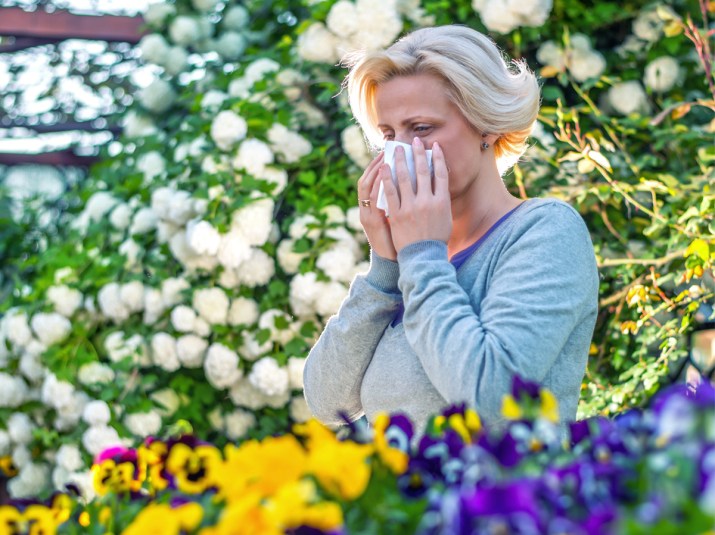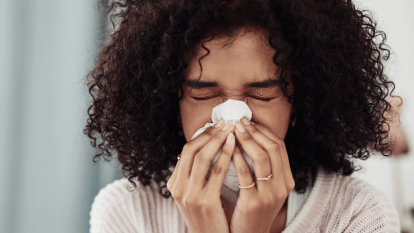7 Ways to Stop Spring Allergies Before They Even Start

As much as we love spring, we definitely do not love spring allergies. Considering how many methods of allergy relief there are, it’s safe to say we aren’t alone. But here’s the good news: There are a few ways to prevent these seasonal sniffles before they even begin. (Psst: While this topic is on your mind, it’s good to remind yourself how to tell seasonal allergies apart from colds and the flu. The last thing you want to do is treat yourself for the wrong health issue.)
How to Prevent Allergies in Spring
1. Try to stay indoors during the morning hours. The timeframe of 5 a.m. to 10 a.m. is one of the most notorious periods for irritating allergens, according to NIH Medline Plus. If at all possible, wait until the afternoon to properly bask in the glow of spring.
2. Keep an eye on the pollen count in your area. Whether you get your weather forecast from the internet or the TV, be sure to check it before you leave your home. If pollen levels are high, take your go-to allergy medication prior to going outside.
3. Let someone else handle the outside chores. As much as you might enjoy gardening or weed pulling, the Mayo Clinic says these activities can put you at risk for more allergen exposure. If you absolutely must do a chore outdoors, though, put on a pollen mask for protection. One option: the Breathe Healthy Honeycomb Black Mask ($28, Amazon).
4. Close all your windows at your home and in the car. If you need to keep cool, an air conditioner will generally be your best bet for a lower exposure to allergens throughout the season. But beware of window fans and attic fans — those appliances can (quite literally) stir those allergens up in your house once more.
5. Wash up anytime after you’ve been outside for a while. According to the American College of Allergy, Asthma & Immunology, you should be taking a shower as soon as possible after coming back indoors during the spring. Be sure to wash your hair in the process, and you’ll definitely want to prepare a change of clean clothes to put on afterward.
6. Put the clothesline to rest. Drying your clothes (or towels) outside may be a warm-weather practice in your home, but this is also a sure-fire way to attract pollen to all your clothing and linens. Stick to the dryer in your home, or hang them up to dry on an indoor clothing rack, if you can.
7. Talk to your doctor about the best preventative treatment for you. While many folks benefit from over-the-counter medications like Claritin or Allegra, others may need stronger treatment (like allergy shots) to see results.
Let’s all do our part to help keep ourselves — and our loved ones — happy and healthy this season.
We write about products we think our readers will like. If you buy them, we get a small share of the revenue from the supplier.
More From FIRST
What Happens If You Eat Mold Accidentally?
Does Local Honey Really Help Relieve Seasonal Allergy Symptoms?
Ease Constipation and Indigestion With This 2-Minute Stomach Massage













